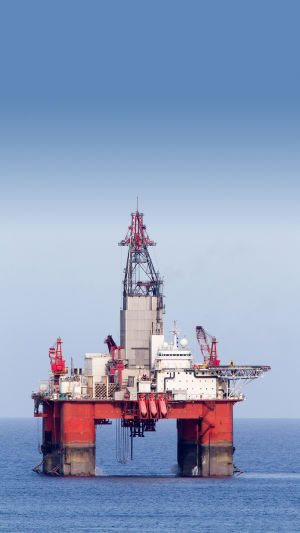The World Cup is already in full swing in Qatar. Because of the hot desert climate, the World Cup was held in winter instead of summer for the first time.
To adapt to this climate, some expenses are bound to be high, such as lawn maintenance.
The desert and concrete in Qatar are dotted with patches of green, the 144 green spaces needed for this World Cup: 8 pitches and 136 training fields, maintained by a lean team of groundskeepers.
The temperature in Qatar is still as high as 40°C in autumn. To ensure that the stadium grass in this desert country grows vigorously during the World Cup, groundskeepers have been using nozzles to blow cold air on the grass since September.
Sudanese civil engineer Haitham Sharif has been working on the course in Qatar since 2007. Earlier this year, he introduced in an interview that for the World Cup, Qatar uses a special constant temperature plane to airlift 140 tons of grass seeds from the United States every year.
And then waters the stadium with desalinated seawater. Each course requires 10,000 litres of desalinated water per day in winter and up to 50,000 litres per day in summer for maintenance.
To prevent emergencies, a farm in the north of Doha, the capital of Qatar, also planted 425,000 square meters of preparatory lawns, an area equivalent to 40 standard football fields. The water used for this part of the lawn has not yet been recorded.
For Qatar, these data on water use are particularly important. Qatar is dry and rainless throughout the year, with an average annual rainfall of less than 100 mm. In a country rich in oil and gas resources, fresh water has become a scarce resource.
The precipitation in Qatar is sometimes as low as 82 mm/year, but the evaporation is 2,000 mm/year, and the per capita water supply is lower than the international water-poor line of 1,000 cubic meters per capita per year. Water supplies in water-scarce countries are already low, but rising demand is pushing countries into extreme stress, according to the World Resources Institute.
Qatar is located on the Qatar Peninsula on the west coast of the Arabian Gulf, with a land area of about 11,500 square kilometres.
During the World Cup, Qatar is expected to welcome 1.5 million to 1.75 million foreign fans and tourists, which is close to half of the number of residents in the country. According to the Associated Press report, during the World Cup, Qatar's water supply is expected to increase by 10%.
The country most at risk of water shortages is Qatar, which relies heavily on desalination systems. According to information from Qatar's government portal in 2020, the country relies on three sources for its water supply: desalinated seawater, groundwater, and treated water for reuse.
Its desalinated water production has quadrupled in the past two decades. According to 2019 data from the country's planning and statistics department, desalinated water accounts for about 60% of its total supply, and household water is almost exclusively desalinated seawater.
There are currently about 16,000 desalination plants in the world, mostly on coastlines around the world, but the most productive plants are in Middle Eastern countries.
The latest seawater desalination plant built in Qatar is the Umm Al Khur thermal power and seawater desalination complex project located in the south of Doha.
Its investment and construction cost are 2.75 billion U.S. dollars. It was put into operation in 2018, and the desalination capacity is about 618,000 cubic meters per day. , which can meet 30% of the country's water demand.
In 2021, Qatar announced that Umm Al Khur will start the expansion project, which will meet 30% of the country's electricity demand and 40% of its freshwater demand. It is a strategic national project to achieve Qatar's water security.
Since the application of seawater desalination technology in the 1950s, the Gulf Cooperation Council countries have been pioneers in this field. Currently, 43% of the world's desalination capacity comes from this organization.
Will Le Guin, director of the Middle East program at the British Center for Environment, Fisheries and Aquaculture Science, said in an interview with the Guardian recently that if the seawater desalination capacity of the GCC countries is taken as a whole, the volume of the treated seawater is about four times the flow of the Thames.





